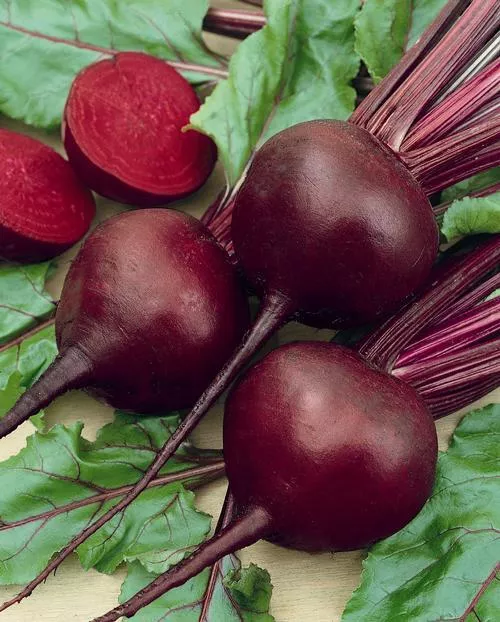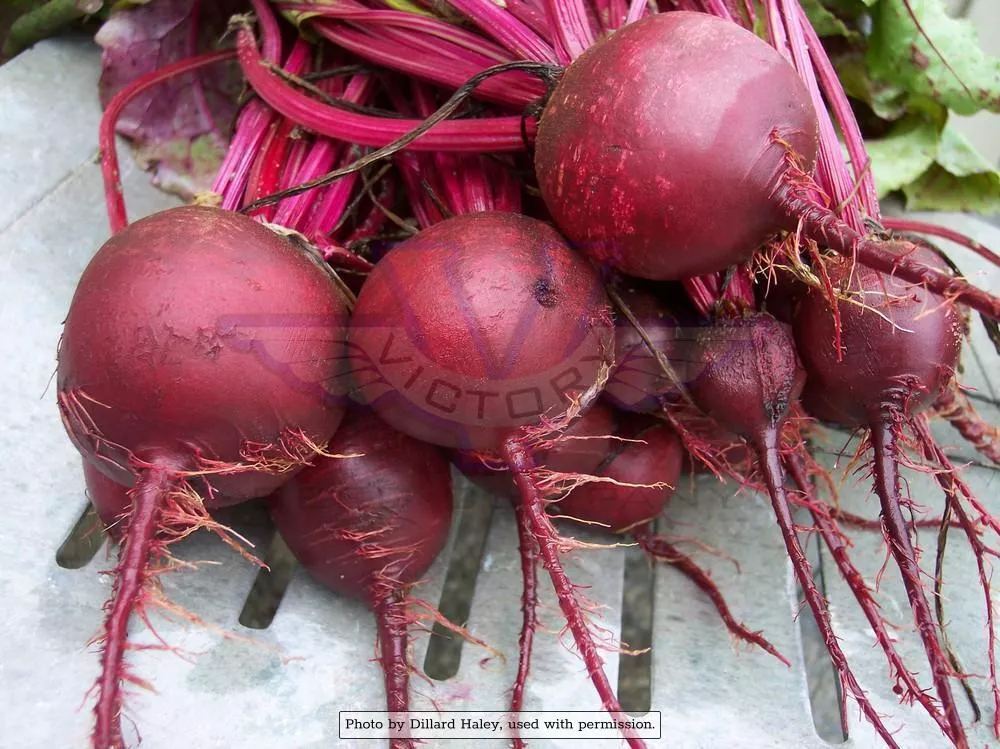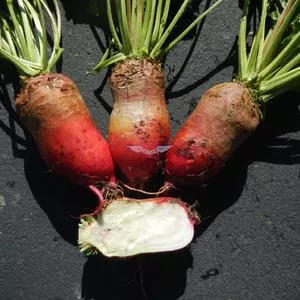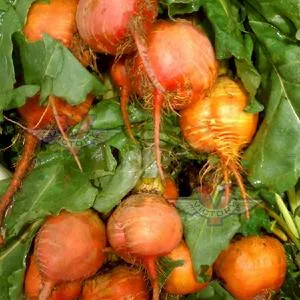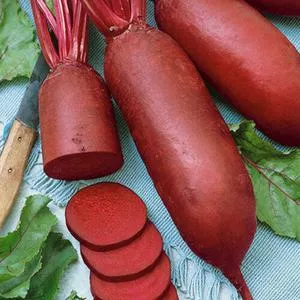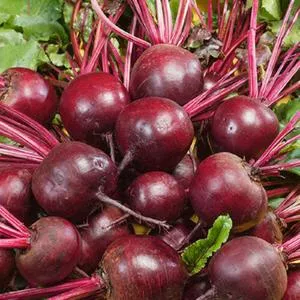

Detroit Dark Red Beet
Price: $3.47
SKU: 3040021Beets are rich in the beneficial carotenoid lycopene, which are effective at scavenging the molecules that have been linked to cancer-causing free radicals. Bright red vegetables are also shown to be useful in increasing blood flow and circulation which is beneficial for heart and lung health.
The roots are globe shaped, excellent color, sweet, smooth and tender. Very tasty fresh out of the garden, but they also maintain their taste and texture after being canned or pickled. We also personally enjoy harvesting tender, immature leaves as "baby greens" and adding them into our tossed salads to add additional flavor.
Originally developed by a Mr. Reeves of Port Hope, Ontario, Canada by making selections for specific traits from the old European variety, 'Early Blood Turnip'. Further selections and improvements were made by the D. M. Ferry Seed Company who introduced in the United States in their 1892 catalog as 'Detroit Dark Red Turnip' beet.[1]
Firm the soil over the seeds and keep moist, making sure that the young roots do not dry out, until seedlings appear. When plants are 1½ to 3-inches tall, thin to three inches apart. The “thinnings” can be eaten as “baby greens.” Water weekly (or as required) in dry weather. Control weeds.
- "Descriptions of Types of Principal American Varieties of Red Garden Beets", USDA Miscellaneous Publication No. 374, April 1940.
Customer Reviews:
By John (Colorado) on November 4, 2024
I planted a couple rows of these, maybe 25-30 plants in my small garden. They grew very healthy and I got at least a couple dozen beets the size of large eggs. I simmered them in water with a little red wine vinegar and sugar and let them sit overnight in the liquid. The skins slipped off super easy and they were the prettiest, tastiest beets I've ever had. I also sauteed a batch of the tops and they were delicious as well. My rabbit enjoyed some of the tops also. We both highly recommend.
By Rich (Harrisburg, Pa) on March 29, 2024
No reference chart, plant time, temps, or anything on the packet for quick reference. You have to look everything up yourself.👎
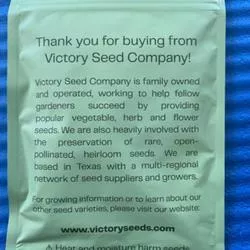
By David on October 1, 2022
The batch of seeds for 2022 growing season produced quite a few poor quality plants. There were misshapen white beets, plants that grew into more or less white chard, and many that just didn’t bulb properly. It’s a good variety but this seed source is too uncarefully selected for me to order again
By Frances Davenport on August 16, 2020
These beets are very tasty! Everyone who has tried them agrees. I have also found them very easy to grow!
By Megan on June 28, 2020
The 'Detroit Dark Red' beets thrived from the day we planted them in late April until harvest at the end of June. We harvested, boiled them to get the skins off, and then ate them in salads and pickled the rest. From having never eaten a beet until a couple of years ago, I'm a believer and am planting more! The greens are also delicious sauted with onion, butter, salt and pepper. Would highly recommend!
By Michael Rundquist on January 6, 2016
I am not much for beets but I do grow these for the tops mostly. They make a wonderful salad green when not much is available in the heat of the summer. Pick them in the cool of the morning take the center vain out. Wonderful as a salad green and the leaves keep coming back.
By Janice Williams on March 12, 2014
I have planted the Detroit Dark Red Beets for three years now. They are beautiful, tasty and grow in our very marginal soil. We have hot dry summers and winter until June; yet, these beets begin bearing by late July and continue through September.
By Becki McDermott on July 5, 2013
This was our first time to grow beets. I don't care for them myself, but my husband loves them. Every seed planted came up and I now have a pantry with beautiful jars of pickled beets in it. I'm re-ordering today for a fall crop. Excellent seed, great service! I recommend this site to anyone who asks where can I find good seed?

